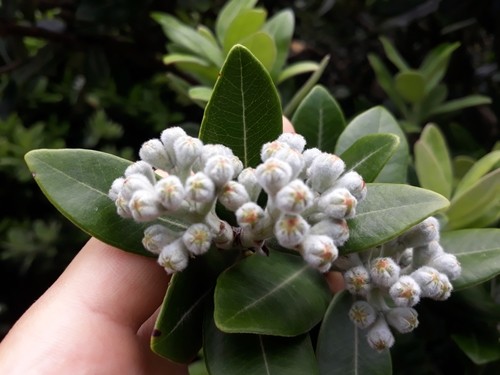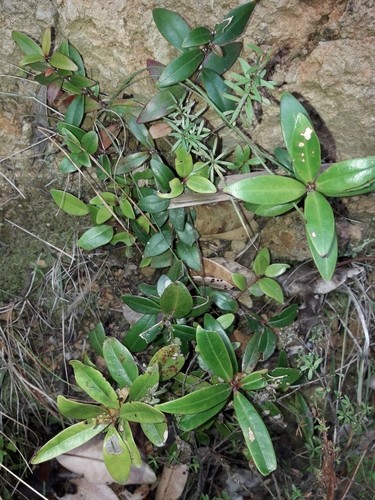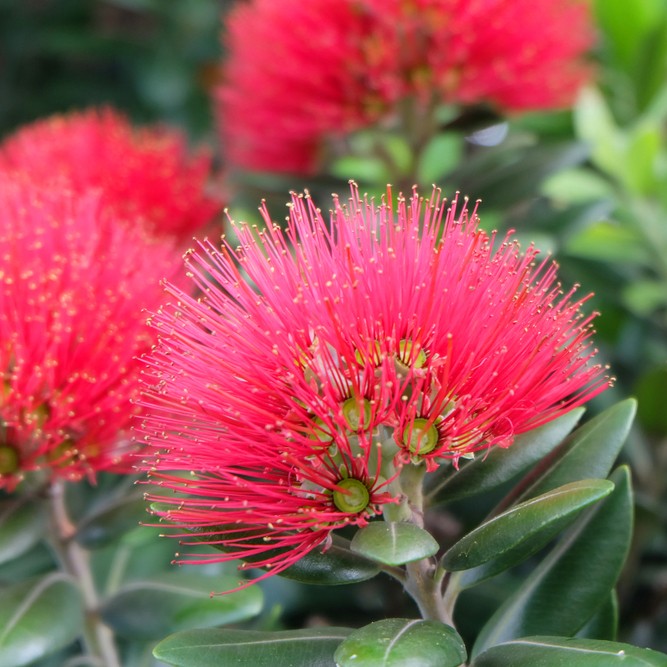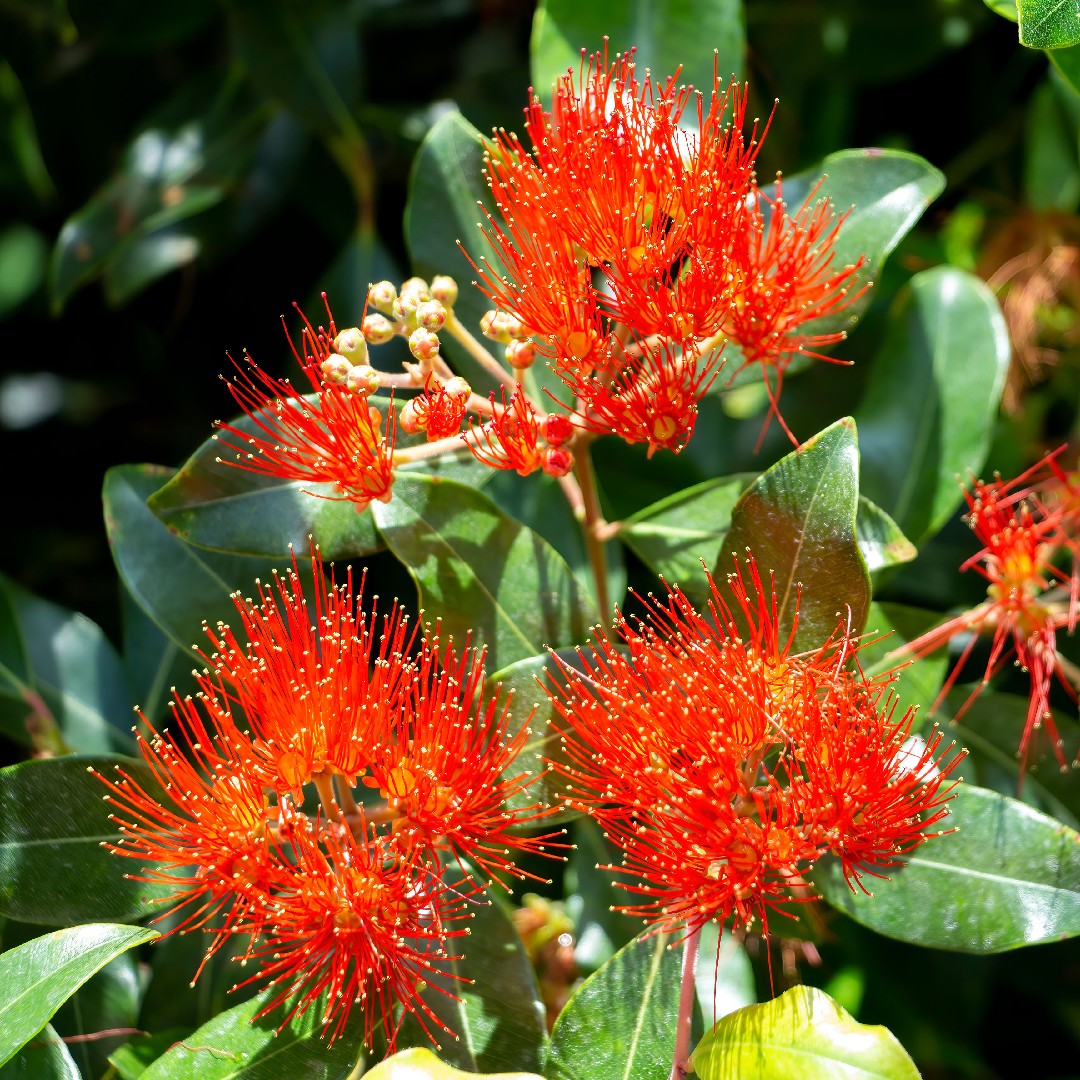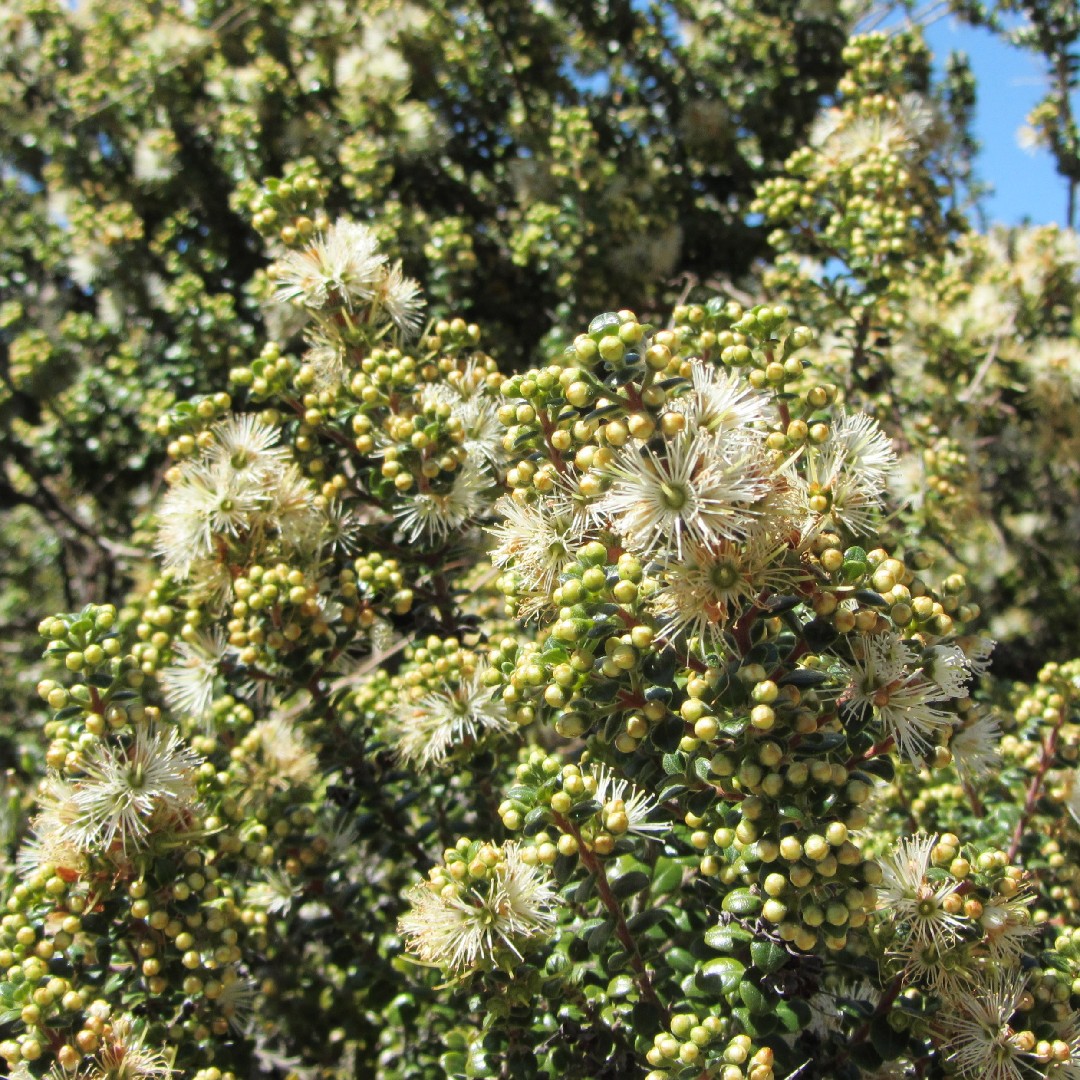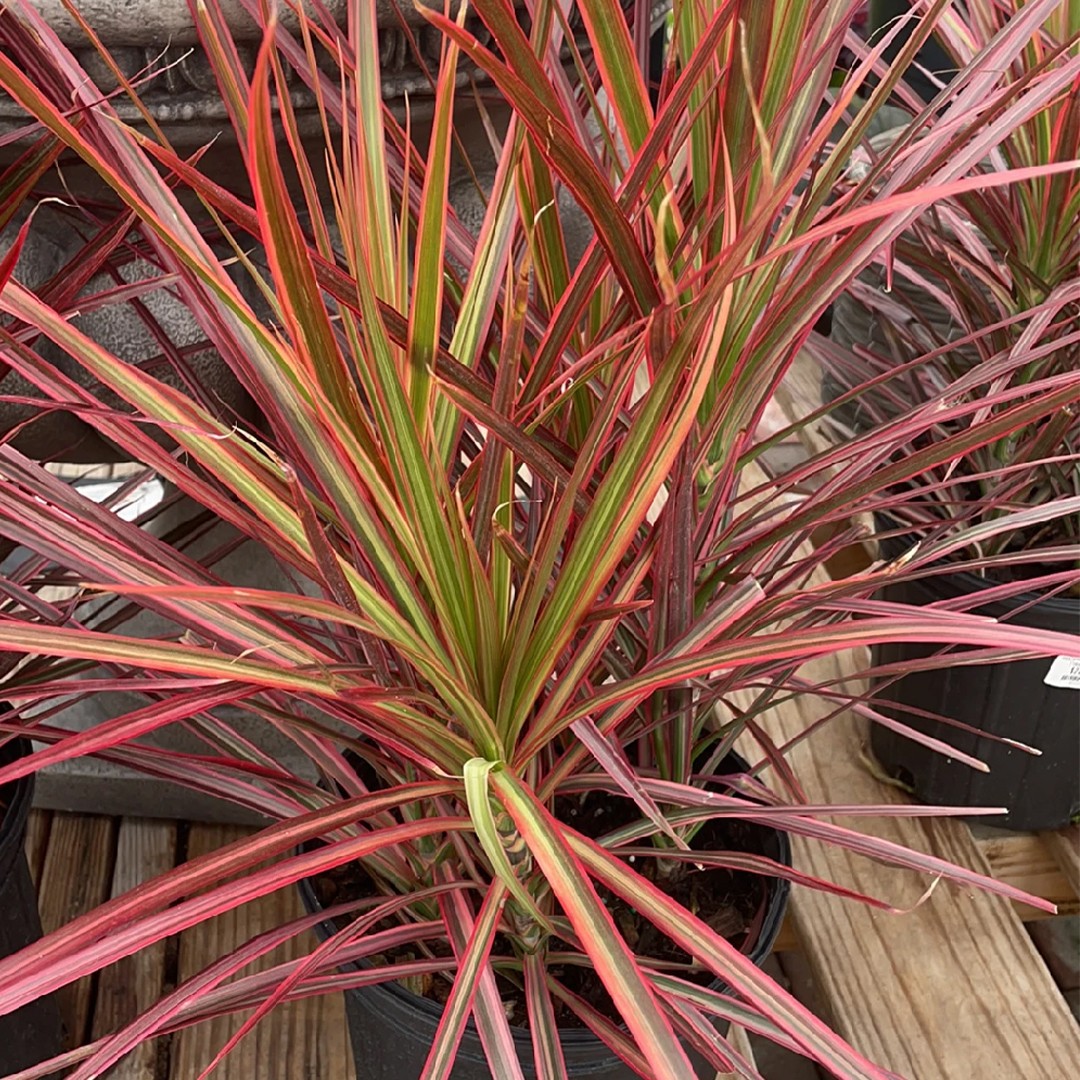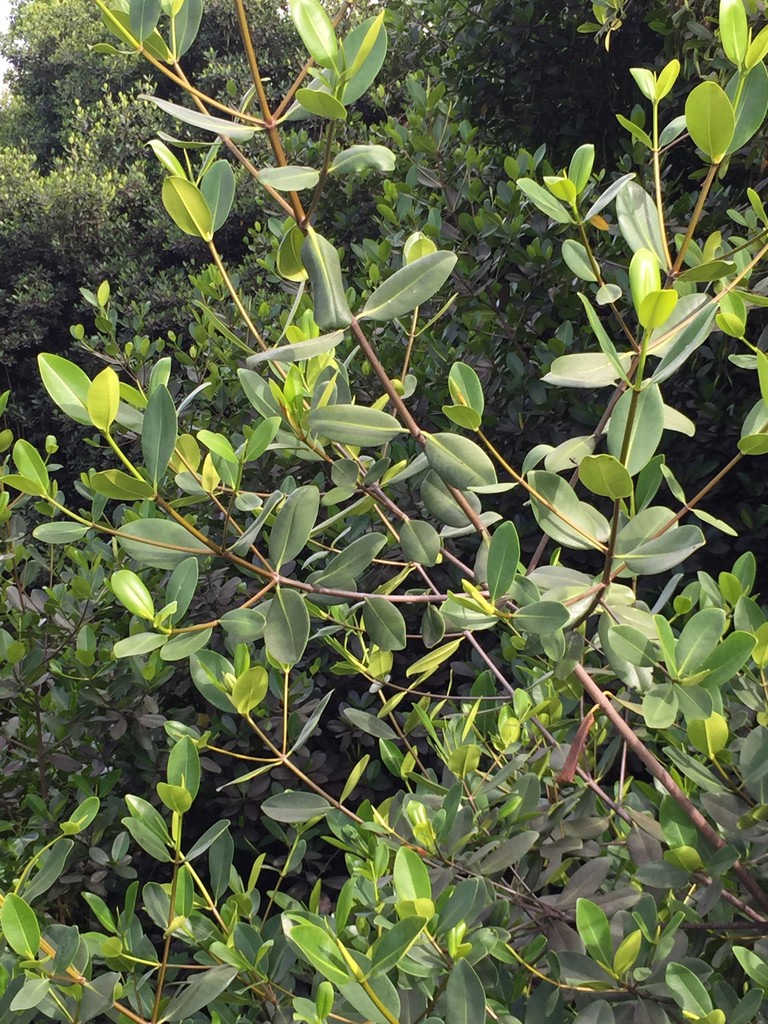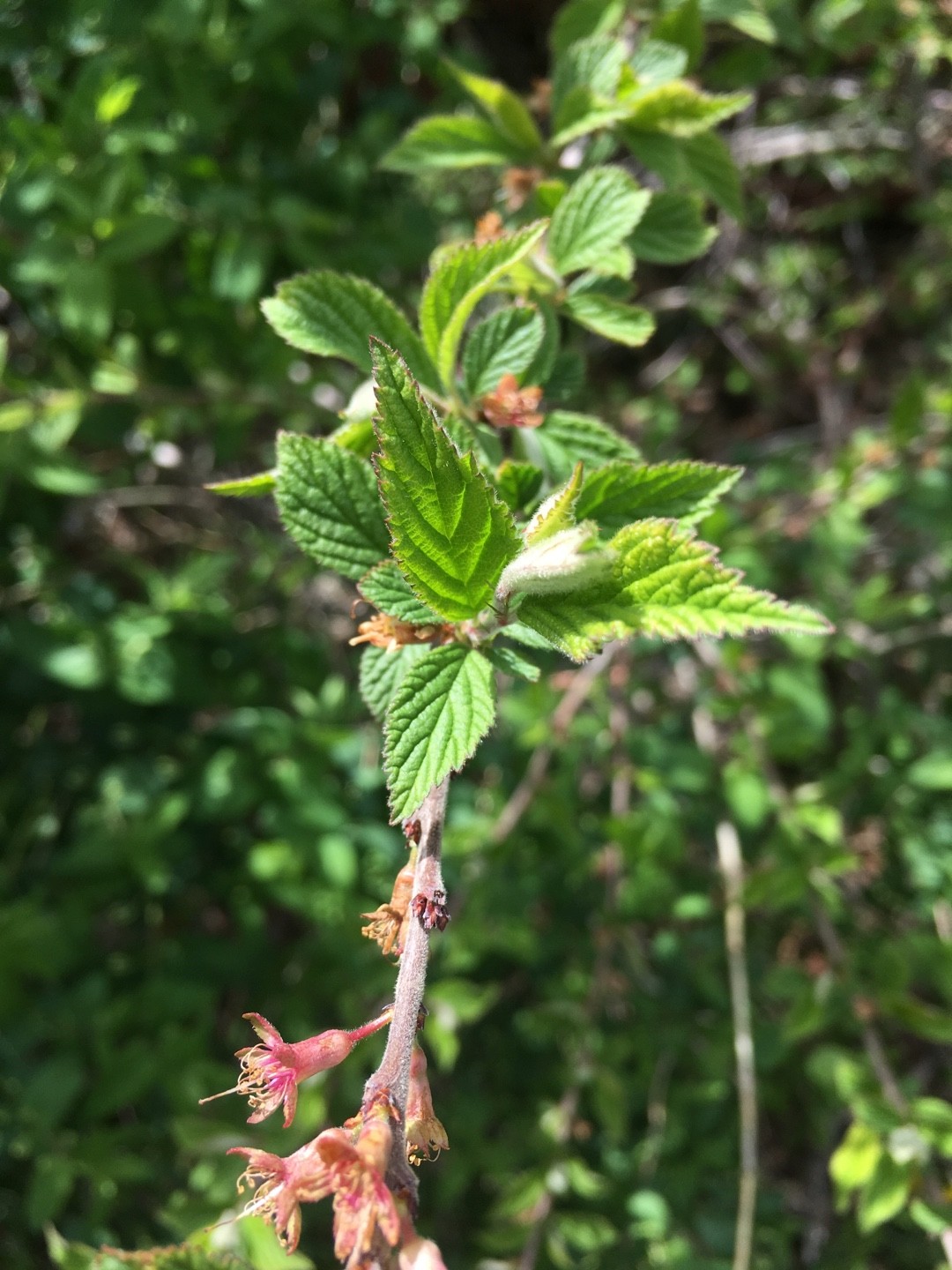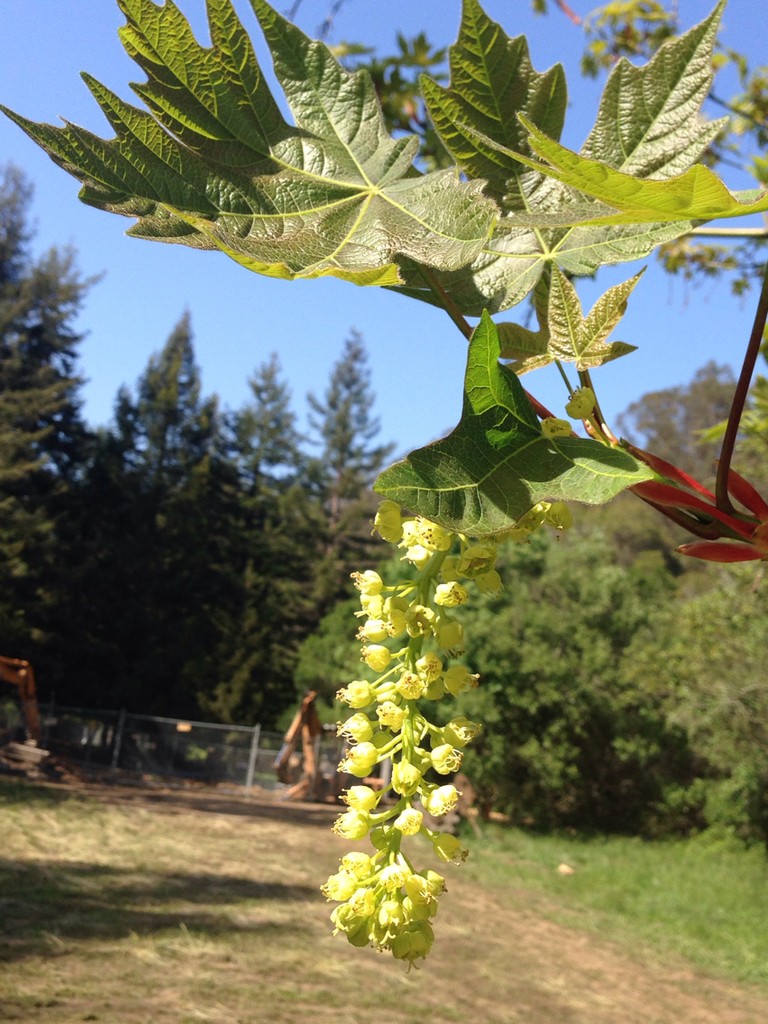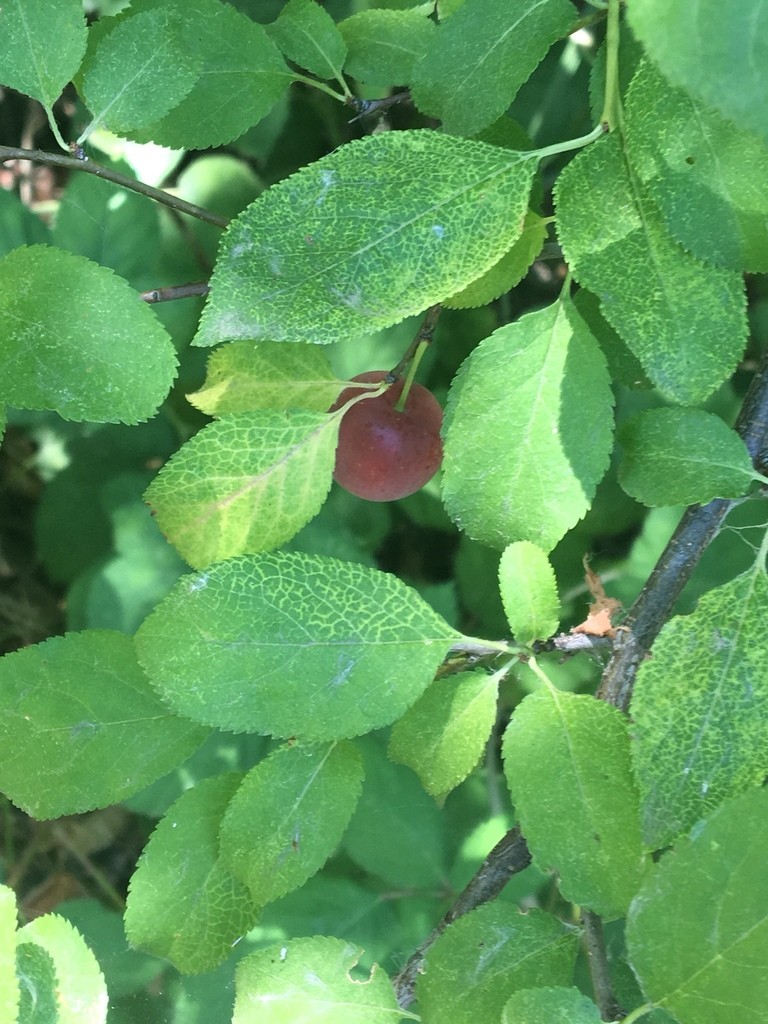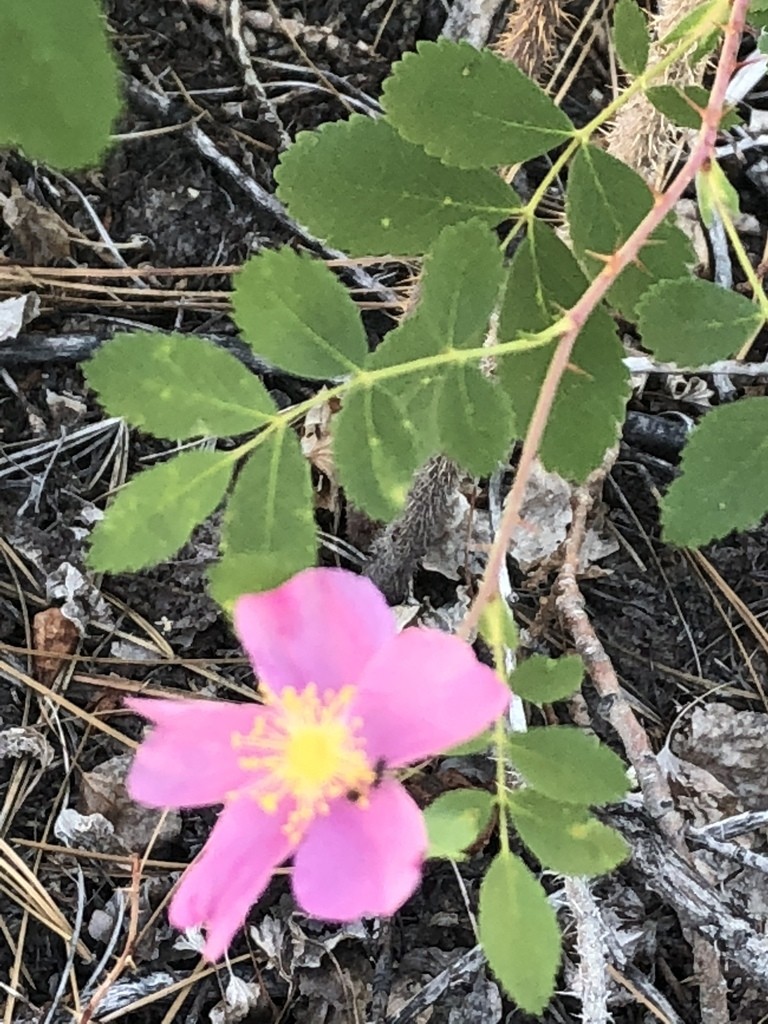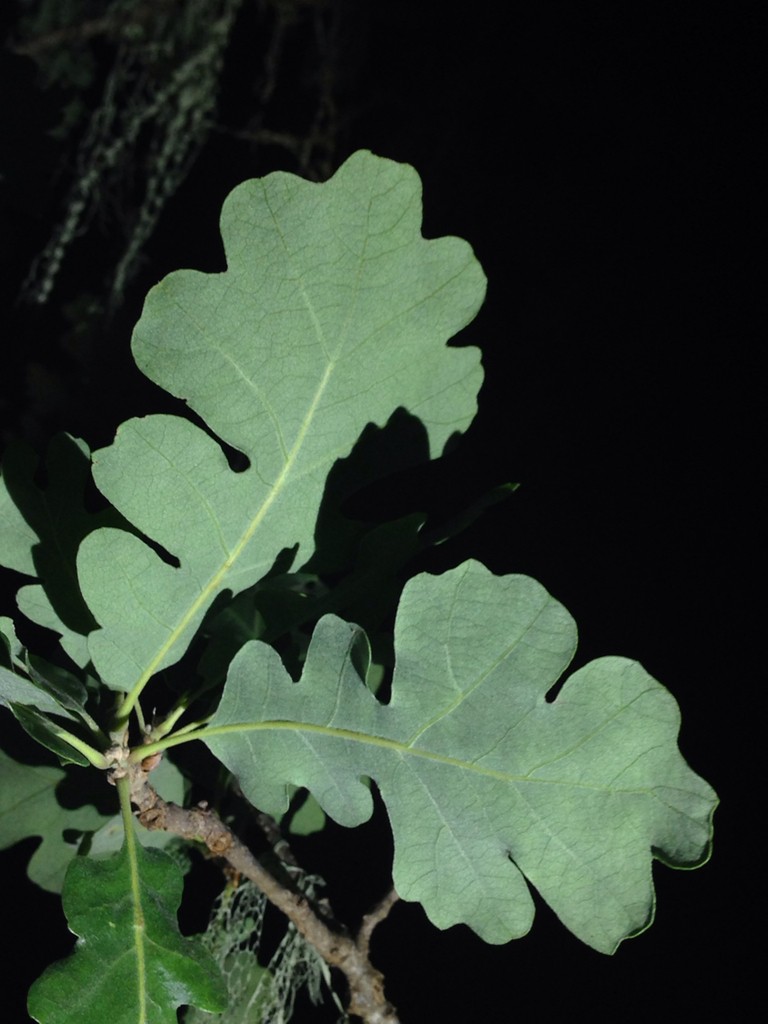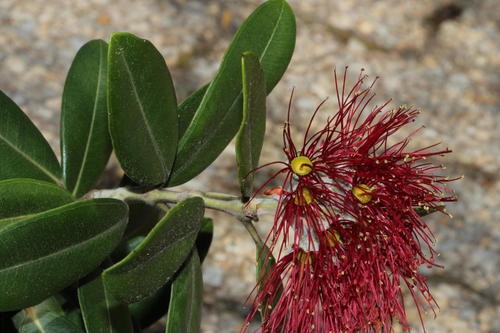Metrosideros is a diverse plant genus popular for vibrant flowers and hardy nature. They require full sun to partial shade, well-drained soil, and moderate watering, adjusting for rainfall levels. Temperature tolerance varies across species, with some favoring temperate conditions. Common challenges encompass typical pests such as aphids, and diseases like root rot. Metrosideros are generally resilient but can suffer in waterlogged or extremely dry conditions. Seasonal considerations involve larger water quantities in growing seasons (spring, summer), reducing in winter.

